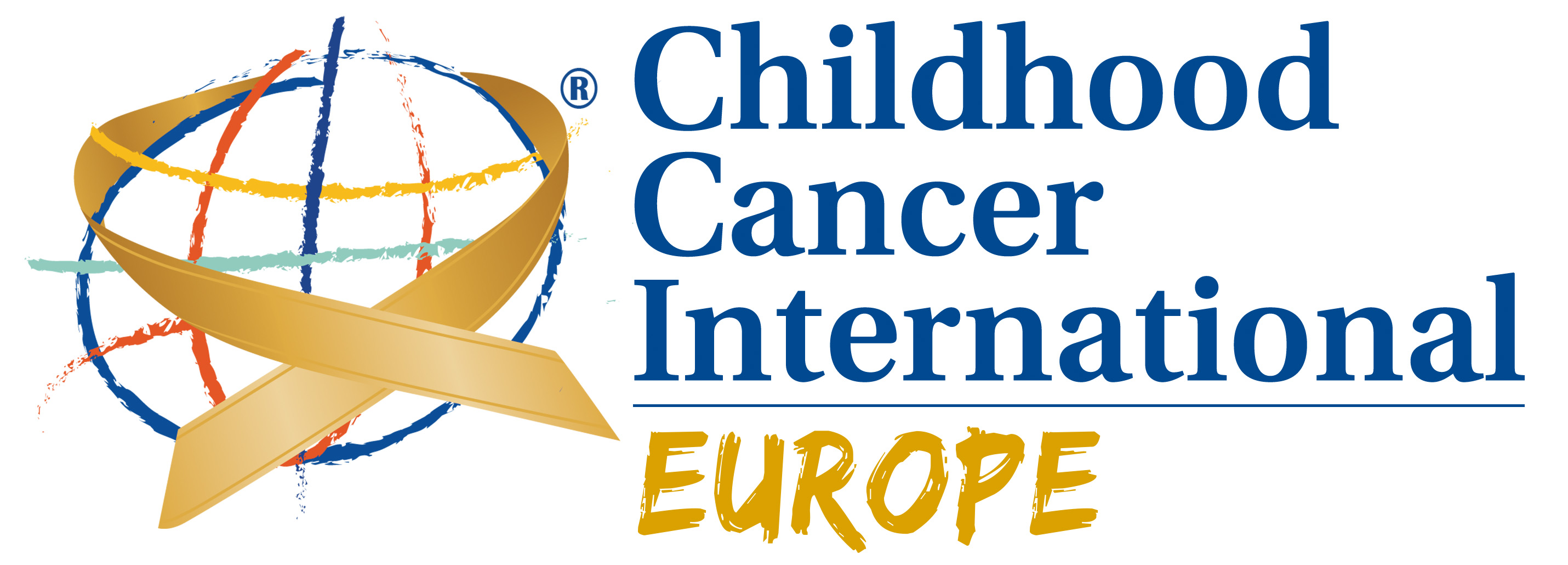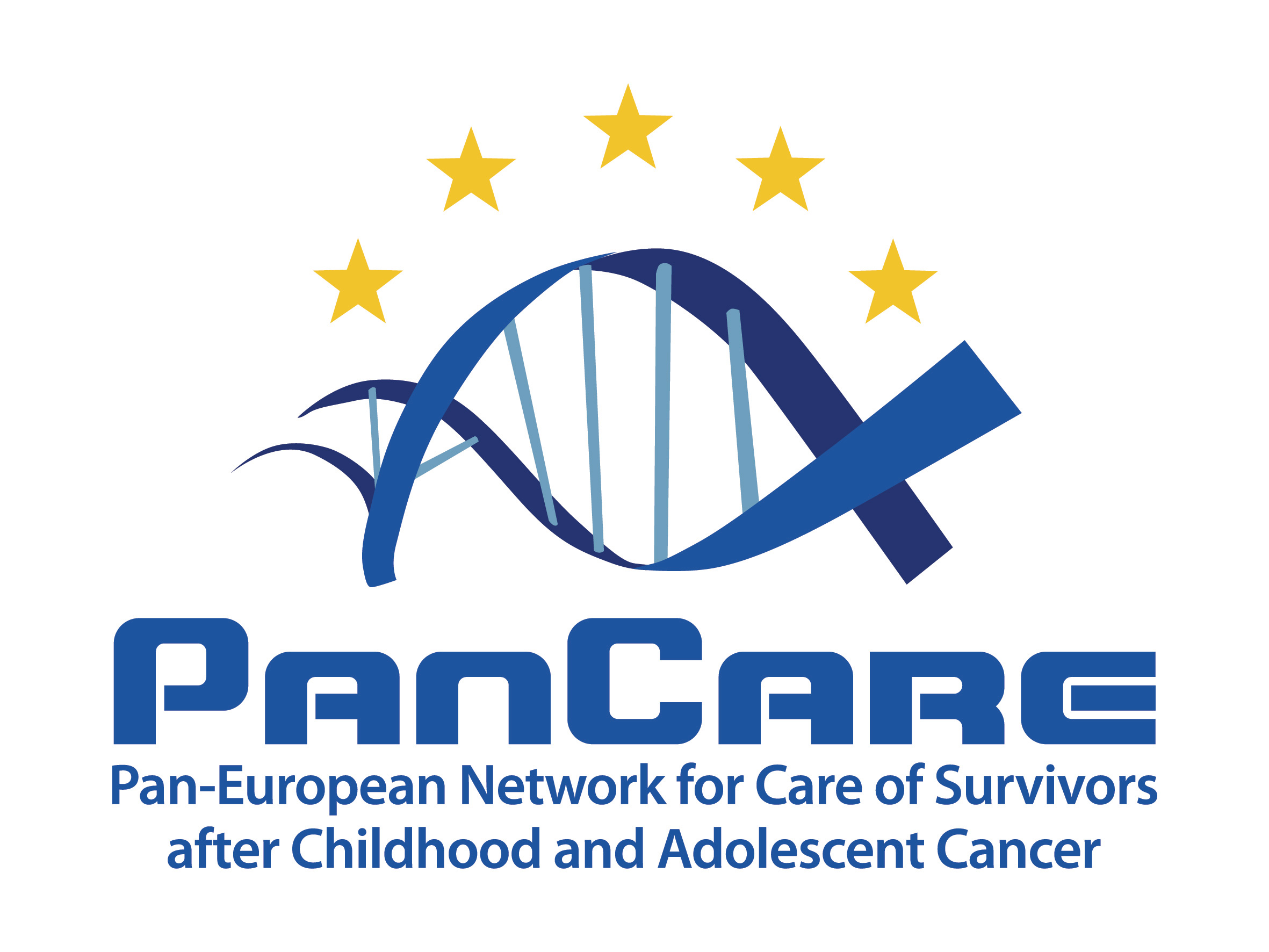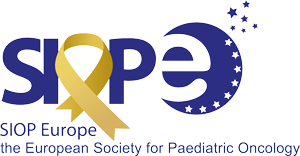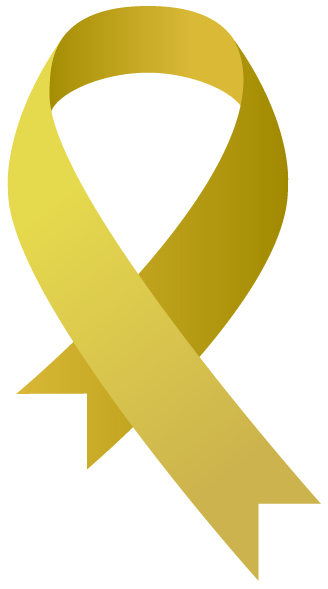What is the gold ribbon?
The gold ribbon is the universal symbol to create awareness about childhood cancer and mobilise increased attention. Gold is a precious metal and since children are our most precious treasures, it is indeed a perfect symbol for the childhood cancer journey.
The gold ribbon represents all types of cancer affecting children and adolescents.
Most people know that the pink ribbon symbolises breast cancer but unfortunately there isn’t much awareness the gold ribbon. This is unfortunate and shows much should be done to bring awareness about childhood cancer.
There are numerous ways to bring awareness and encourage your personal network (family, workplace, school, sport activities, etc.) to get involved and join the fight to beat childhood cancer. One way is through engagement on social media.
Children and adolescents who are battling cancer show tremendous strength and courage much to the surprise of their parents, families healthcare professionals and care givers. We must therefore celebrate and highlight the journey of these children, young people and survivors – the Gold Ribbon Heroes.
Social media GOLD RIBBON CHALLENGE
You are therefore invited to join the social media Gold Ribbon Challenge to bring increased awareness and visibility about childhood cancer.
We propose that you answer one and/or both of the following questions:
- Question 1: What will you do to increase awareness about the gold ribbon?
- Your action: You are invited to draw, paint, bake, make a gold ribbon and post it on social media using the hashtag #GoldRibbonHeroes
- Question 2: Do you know a child / adolescent affected by cancer? (including childhood cancer survivor?)
- Your action: Share a photo of this person and post it on social media using the hashtag #GoldRibbonHeroes

Social media campaign outcome
Find here some examples of the social media campaign or use the hashtag #GoldRibbonHeroes to see more.
Childhood cancer facts
Despite improvements in the cure rates over the last decades, childhood cancer remains a major public health and societal issue in Europe:
- Each year more than 35,000 children and young people are diagnosed with cancer
- More than 6,000 young patients die of cancer each year, and cancer remains the first cause of death by disease in Europe in children older than 1 year
- There will be nearly half a million childhood cancer survivors by 2020 – 2025
- Over two-thirds of childhood cancer survivors experience long-term health and psychosocial problems due to their disease and treatment which may be severe and affect their daily life
Some links for further information:
- SIOP Europe Strategic Plan – A European Cancer Plan for Children and Adolescents
- Beating childhood cancer: cure more and cure better, towards zero deaths and zero late effects (Policy Priorities 2019-2024)
- Endorse the Childhood Cancer Policy Priorities
CCI Europe and PanCare (parent/patient/survivors advocacy groups)

CCI Europe represents childhood cancer parents’ and survivors’ groups as well as other childhood cancer organisations in Europe: 67 organisations in 33 European countries are members of CCI. CCI Europe works together with all relevant stakeholders for the same aim, namely, to help children and adolescents with cancer to be cured, with no - or as few as possible - long term health problems/late effects. Read more: www.ccieurope.eu

PanCare is a multidisciplinary pan‐European network of professionals, survivors and their families that aims to reduce the frequency, severity and impact of late side‐effects of the treatment of children and adolescents with cancer. Together with the paediatric oncology community PanCare is working to achieve equity of access to care for childhood cancer survivors across Europe, to perform collaborative research, to develop evidence based surveillance guidelines together with the International Guideline Harmonisation Group and to act as a resource of research-based information concerning all late side‐effects of cancer treatment. Read more: www.pancare.eu
Donate to SIOP Europe
You are welcome to support SIOP Europe’s multiple projects and initiatives to create a brighter future for children and adolescents with cancer. Your donation will contribute to accomplish at least one of the 7 objectives of the SIOPE Strategic Plan.
Click here to donate.

